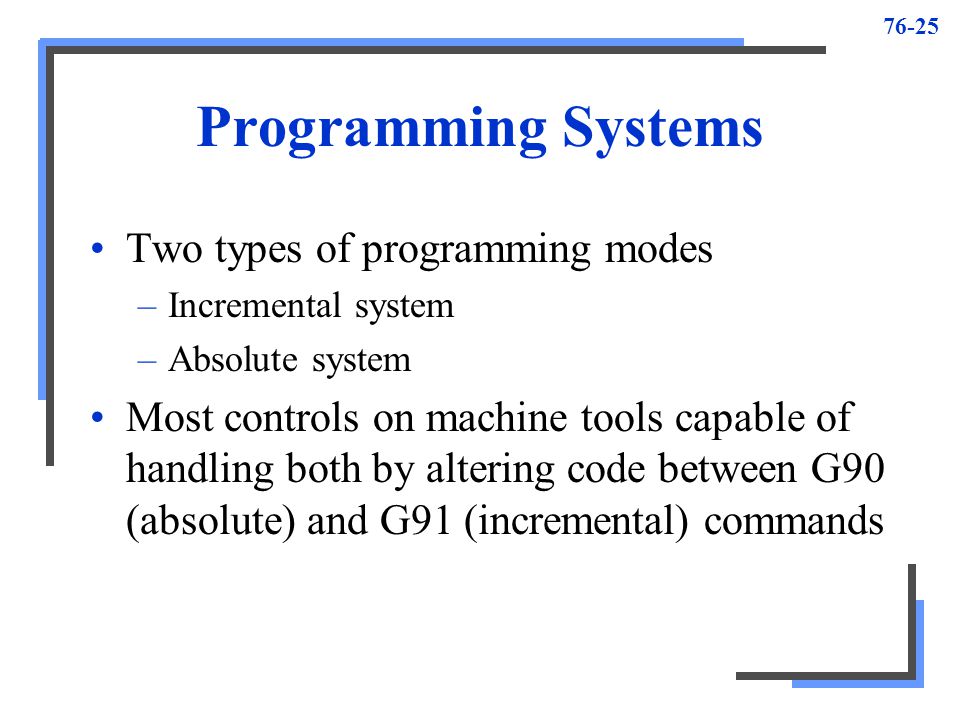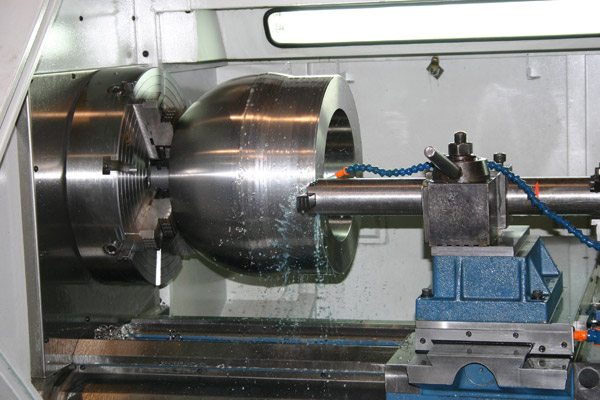Understanding Absolute Mode (G90) Vs Incremental Motion: CNC Machines
Incremental system. Absolute system. Most controls on machine tools capable of handling both by altering code between G90 (absolute) and G91 (incremental) commands. All considerations to this point accept that the absolute mode of programming is used. The CNC word used to refer to the absolute mode is G90. In absolute mode, the [...]


